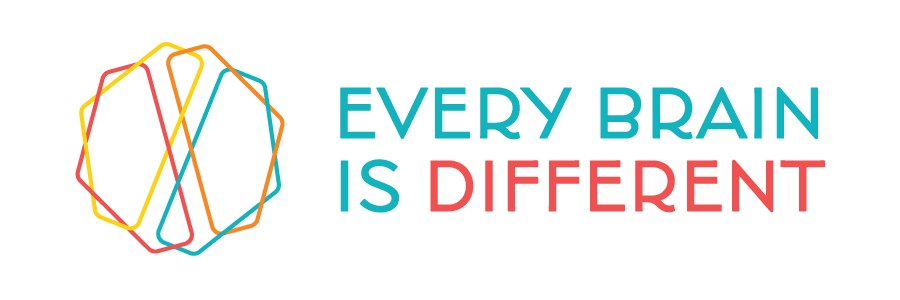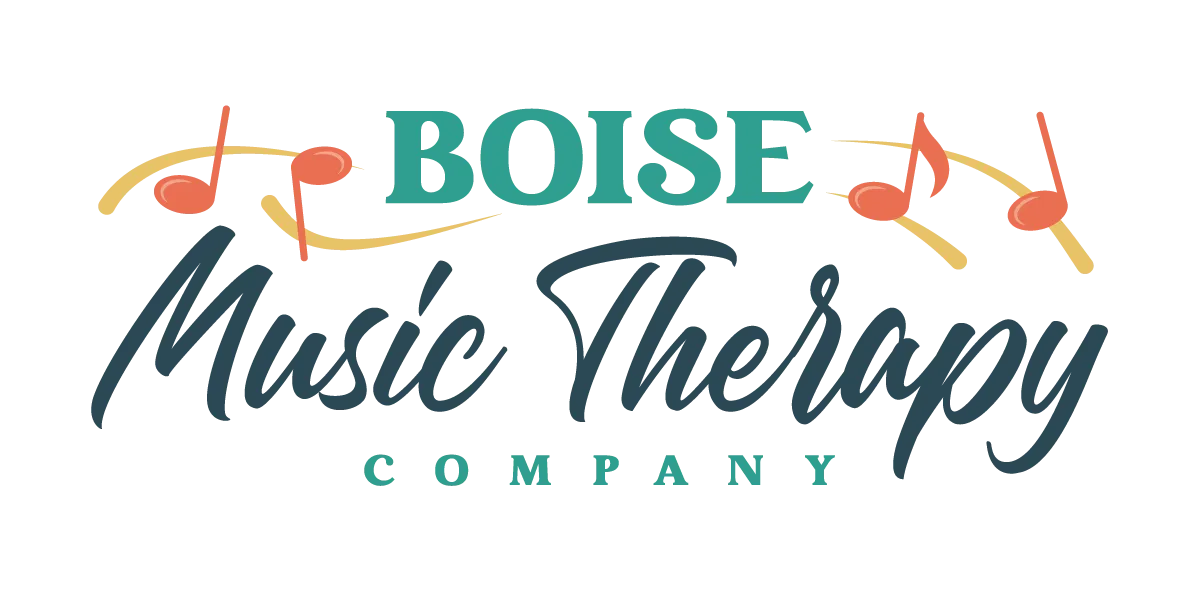Harmony in
Neurodiversity
THE BLOG
Welcome to Harmony in Neurodiversity, a blog dedicated to exploring the profound impact of music and positive parenting strategies on the lives of neurodivergent individuals. Join Samantha, a board-certified Neurologic Music Therapy fellow and a passionate Positive Discipline Parent Educator, as she shares her expertise in leveraging the power of music and effective parenting approaches to support and empower neurodiverse communities.
In her blog posts, Samantha delves into the intricate connections between music and the brain. She explores how specific musical elements and interventions can enhance cognitive functions, regulate emotions, improve communication, and promote social interaction among neurodivergent individuals. Through insightful articles and case studies, she demonstrates how rhythm, melody, and lyrics can serve as powerful tools for therapeutic interventions, fostering growth and self-expression.
Positive Discipline Parenting Strategies:
Drawing from her expertise as a Positive Discipline Parent Educator, Samantha sheds light on nurturing positive relationships between parents and neurodivergent children. Her blog offers practical advice, evidence-based strategies, and real-life anecdotes that empower parents and caregivers to cultivate respectful, encouraging, and effective parenting techniques. From setting clear boundaries to fostering a supportive environment, Samantha guides readers in navigating the challenges and joys of parenting neurodiverse children.
Exploring Intersectionality:
Samantha doesn't limit her discussions to singular approaches. Instead, she delves into the intersectionality of Neurologic Music Therapy and Positive Discipline Parenting, illustrating how these methodologies complement each other. Through her insightful content, she showcases how the harmonious integration of music-based interventions and positive parenting strategies can create holistic support systems for neurodivergent individuals, promoting their well-being and personal growth.
Community Engagement and Resources:
Additionally, Samantha fosters a vibrant online community where readers can engage, share experiences, and seek advice. She curates a wealth of resources, including recommended readings, workshops, and practical tools, empowering her audience to implement valuable insights into their lives effectively.

What are Adaptive Instruments?
Music allows people to express themselves and connect with others. Individuals with developmental disabilities often face challenges when trying to engage with musical instruments due to physical or cognitive limitations. Adaptive instruments have emerged as a solution, providing tailored options to facilitate musical expression for people of all abilities.
Below are some examples of adapted instruments and how you can use them.
1. Adaptive Guitars: Designed with modified frets, larger bodies, or alternate tuning systems, adaptive guitars cater to those with limited dexterity or mobility. These instruments ensure that strumming chords or plucking strings become an inclusive experience.
2. Specialized Keyboards: Keyboards adapted for individuals with developmental disabilities feature enlarged keys, color-coded layouts, or simplified controls. These modifications aid in motor skill development and enable easier navigation across octaves.
3. Drum Adaptations: Adaptive drum kits come with adjustable heights, softer striking surfaces, or assistive devices to facilitate drumming for individuals with sensory sensitivities or motor impairments.
4. Accessible Wind Instruments: Modified wind instruments incorporate features like ergonomic designs or customized mouthpieces, allowing people with varying abilities to explore the world of wind music.
The availability of adaptive instruments has a profound impact on individuals with developmental disabilities, fostering numerous benefits:
1. Enhanced Therapeutic Effects: Music therapy utilizing adaptive instruments promotes emotional expression, cognitive development, and motor skills improvement, contributing to overall well-being.
2. Increased Confidence and Self-Esteem: Access to instruments tailored to their abilities boosts confidence in individuals, encouraging them to explore their musical talents without limitations.
3. Social Inclusion and Connection: Shared musical experiences facilitated by adaptive instruments create opportunities for social interaction and connection, breaking down barriers and fostering a sense of belonging.
4. Skill Development and Creative Expression: Adaptive instruments empower users to learn, develop musical skills, and express themselves creatively, unlocking their potential in the world of music.
Adaptive instruments serve as catalysts for inclusivity in the realm of music, ensuring that everyone, regardless of ability, can experience the transformative power of musical expression. As awareness grows and technology advances, the accessibility and diversity of adaptive instruments continue to expand, promising a future where music truly knows no boundaries.


